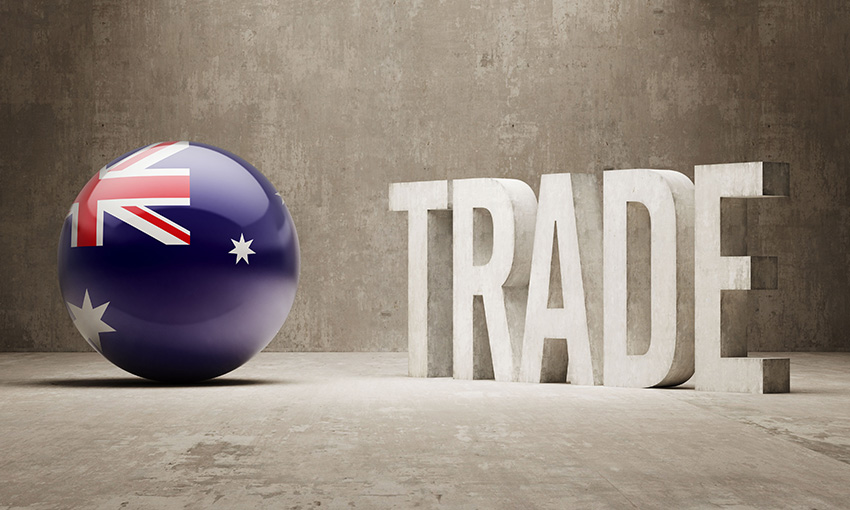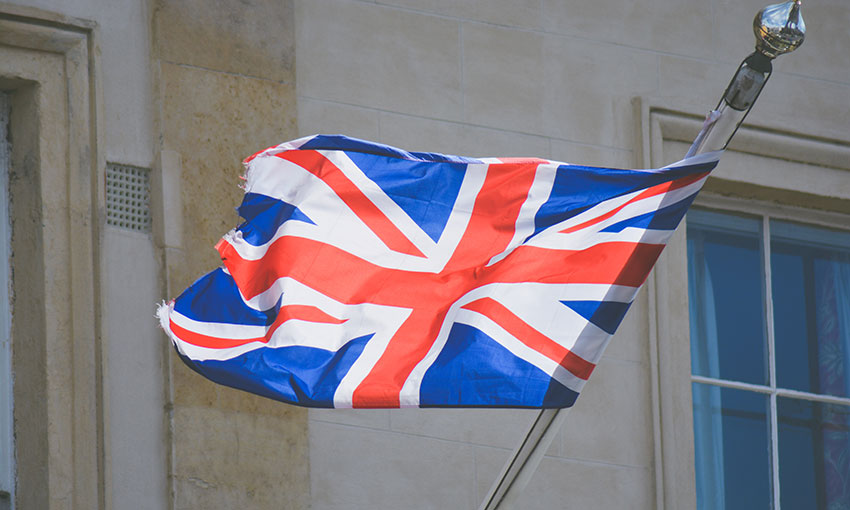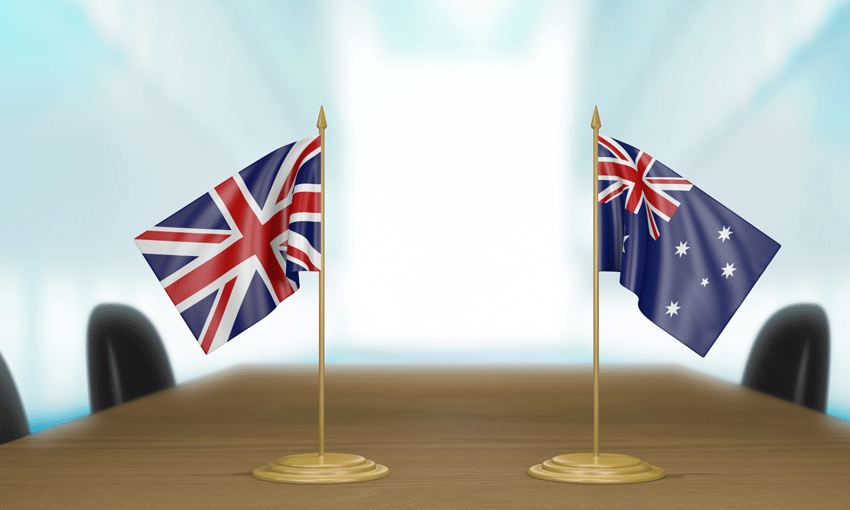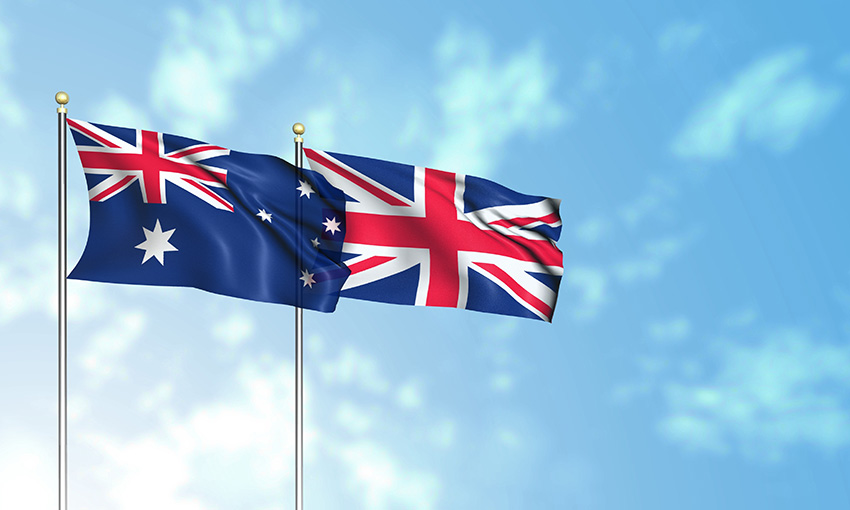BACK in June 2021, I provided an update to readers regarding the release of the “agreement in principle” between Australia and the UK as to the proposed content of the Australia-UK Free Trade Agreement (AUKFTA). The intent of releasing the “agreement in principle” was to demonstrate early outcomes from the negotiations for the AUKFTA and maintain the interest of those in both countries.
However, the “agreement in principle” did not represent a completed deal or completed text of the AUKFTA which was still subject to extensive negotiations. The finalised AUKFTA was signed and released on Friday 17 December 2021, coinciding with the second cricket test between Australia and England in Adelaide and leading to media releases both in Australia and the UK and the release of the full text of the AUKFTA on the website of the Department of Foreign Affairs and Trade. Both the DFAT website and the joint media release of our Prime Minister and Minister for Trade Tourism and Investment [see DCN coverage here] reveal some of the outcomes. Below are some of the main outcomes.
- Exporters will benefit from immediate elimination of tariffs on over 99% of Australian goods exports to the UK, valued at around $9.2 billion, when the agreement enters into force.
- Farmers will have improved access to more than 65 million UK consumers who value safe, sustainably produced foods and beverages with the strong provenance Australia offers.
- Around $43 million in annual customs duties will be removed from Australian wine when the agreement enters into force.
- For beef, a tariff-free quota of 35,000 tonnes at entry into force will expand to 110,000 tonnes in year 10. Tariffs on beef will be eliminated after ten years.
- For sheep meat, a tariff-free quota of 25,000 tonnes at entry into force will expand to 75,000 in year 10. Tariffs on sheep meat will be eliminated after ten years.
- For sugar, a tariff-free quota of 80,000 tonnes at entry into force will expand to 220,000 tonnes in year 8. Sugar tariffs will be eliminated after eight years.
- Professionals will have the same access to the UK’s lucrative jobs market as their European competitors, except from the Republic of Ireland. This means Australian job seekers can compete on an equal footing with EU nationals in the UK for the first time in more than 40 years.
- Australian households and businesses will save around $200 million a year as tariffs on British imports into Australia, such as cars, whisky, confectionery, biscuits and cosmetics, are phased out within five years, with tariffs on almost all UK goods being eliminated on entry into force.
- Young people will have more time to travel to the UK for a working holiday and will be able to stay longer, with eligibility to participate in working holiday opportunities raised from 30 to 35 years of age and stays allowed for up to three years in each country.
- Australian businesses will have the guaranteed right to bid for a greater variety of UK government contracts in a procurement market worth an estimated half-a-trillion dollars annually.
- UK businesses will be encouraged to invest in Australia thanks to best practice investment rules, including to set up regional headquarters in Australia to leverage our network of free trade agreements.
The release of the full text of the AUKFTA reveals that it runs to approximately 1600 pages, comprising 32 Chapters, four Annexes and 17 side-letters. One of those side-letters addresses a significant number of the “Geographical Indicators” for which the UK will seek recognition in Australia pursuant to Article 15.32 of the AUKFTA (in the “Intellectual Property” Chapter 15) as set out here, relating mainly to food and beverages whose names are seen as fundamental by the UK including some regional UK cheeses, meats, seafood and alcohol (including Scotch whisky and Irish cream liqueur). Local Australian producers and importers of these goods will need to look at these provisions carefully and monitor the protection of these terms. The AUKFTA also includes a mechanism in Chapter 32 for the possible geographical extension of the AUKFTA to the “Bailiwicks” of Guernsey, Jersey and the Isle of Man, as well as Gibraltar and other areas for which the UK has international responsibility. Side-letters indicate the intention for the trade in services and investment provisions to extend to those territories. The AUKFTA also provides for removal of territories for which the UK no longer holds responsibility.
Importers, exporters, and their service providers (such as licensed customs brokers) will have a natural focus of the first five Chapters, including definitions, Trade in Goods (Chapter 2), Trade Remedies (Chapter 3), Rules of Origin and Origin Procedures (Chapter 4) and Customs Procedures and Trade Facilitation (Chapter 5). Chapter 4 reveals the important details on claims of preference which rely on “Declarations of Origin” which can be completed by the producer, exporter or importer and for which there is no prescribed format but which must contain mandated data and include certification wording which has been a problem with certificates or declarations of origin in other free-trade agreements. The important article on “consignment” (Article 4.17) includes the traditional provision stating that consignment through a “non-party” is permitted on condition that the good is not further processed or packaging altered other than in certain approved ways. However, the Article includes an additional requirement that the good “is not released to free circulation in the territory of any non-party” which is a new concept. While accepting that this is a compromise compared to requiring the good to stay under “customs control” or not having any limitation on movement through non-parties, the concept will raise many questions on what sort of movement will be allowed – maybe a non-licensed warehouse or distribution centre in a third country in Asia from where goods are moved to Australia and the UK only could be an acceptable movement. We will need review that provision with DFAT and UK negotiators as it has no other definition or direction in the AUKFTA.
The AUKFTA does include Chapters on “new” concepts not normally included in “traditional” free-trade agreements as well as some entirely novel concepts not seen before in such agreements. These include Chapters regarding small to medium enterprises; innovation; labour; environment; development; trade and gender equality; animal welfare and antimicrobial resistance; good regulatory practice and transparency; and anti-corruption. Reading and understanding the scope of the entire AUKFTA will take time and require close attention. Good reading material for the festive season!
The signing of the AUKFTA does not mean it has commenced. In Australia, it still needs to go though the Parliamentary process including approval by the Joint Standing Committee on Treaties and the passage of legislation. A similar process will be required in the UK with media coverage already suggesting the need for extensive Parliamentary review as some in the UK are concerned that it does not provide as many benefits as had been hoped. That political process in both countries could be slowed due to current political uncertainty in the UK and our impending Federal election. In reality, entry into force and implementation of the AUKFTA may well not occur until late in the second half of 2022. That does give us all time to consider the AUKFTA in detail and I look forward to providing more commentary to those in industry to ensure benefits can be secured as soon as the AUKFTA comes into force.





